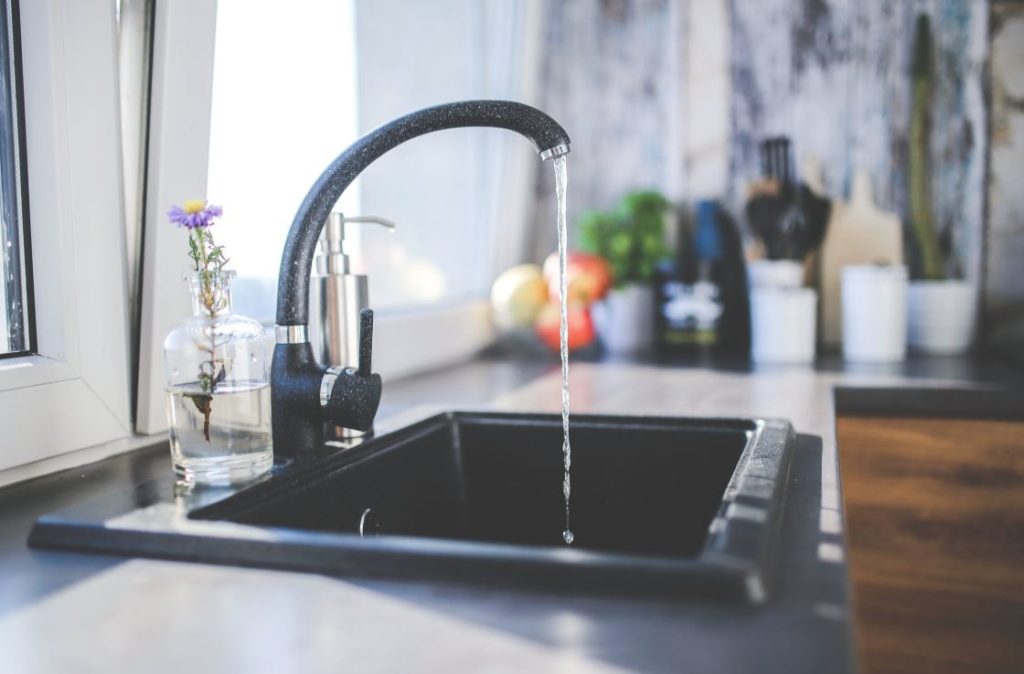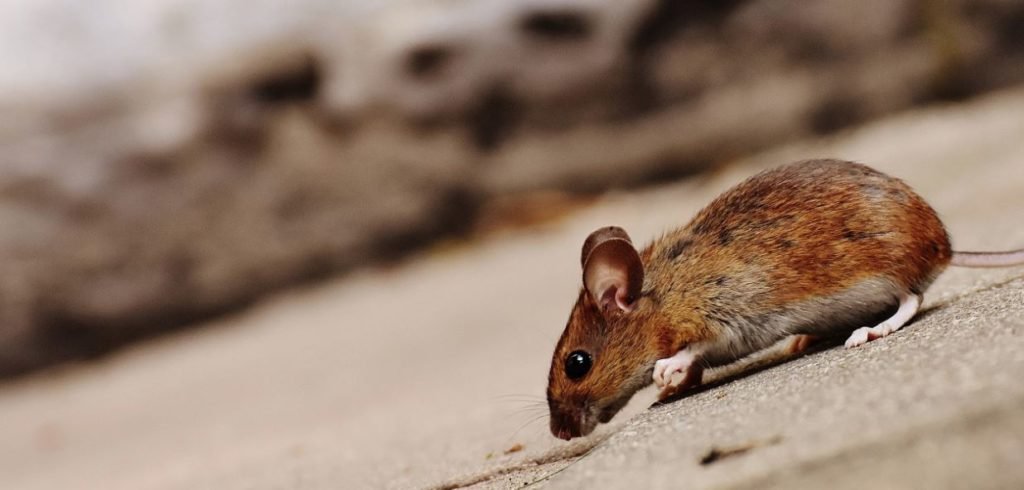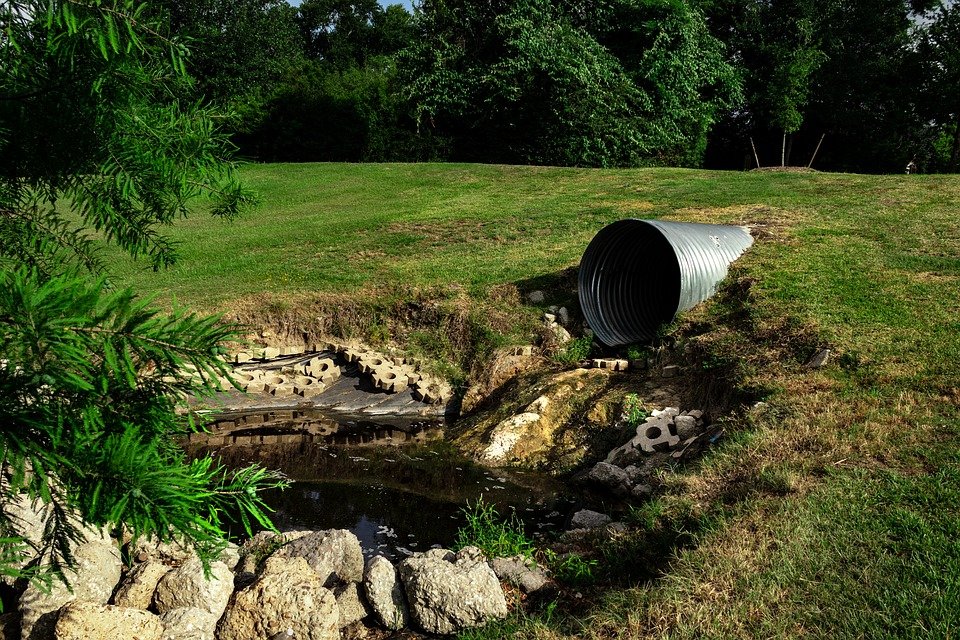
The continuous and irritating sound of water dripping when the faucet is off is enough reason to go insane. What’s more, a leaky faucet can increase your utility bills significantly. Maybe you’ve wondered what the causes of these leaks are. Here are four common reasons behind your leaky faucet.
Cartridge
Underneath the faucet handle’s decoration is the cartridge. A water valve controls water flow. As the handle turns, half of the cartridge turns, too, opening a hole to release water. The other cartridge half contains the hole for water to pass through to the spout. As the handle turns off, the cartridge stops water from passing through. If the handle is leaking and the washer is new, it’s time for a cartridge replacement.
Washer
The faucet washer is a small, black, circular, rubbery item located underneath the cartridge inside the handle. (Ball handles have two washers within the same handle.) When the valve and washer rub against each other, the valve wears out the washer until it drips at the spout. In fact, most drips come from a faulty washer. Replace the used one with a new one. Expect this leak more often in compression faucets.
Valve Corrosion
With the exception of ball faucets, faucets consist of handles and a spout. Water, of course, originates from the spout. The valve connects the spout to the faucet, and over time it can corrode. Corrosion occurs when water sediments eat away at the valve seat, eventually leaking around the spout base. In fact, most noticeable leaks around the spout base come from valve corrosion. Most valve corrosion is salvageable with cleanup around the base rather than a replacement. However, if the corrosion destroyed the spout, it’s time to replace it.
O-ring
Like the washer, the O-ring is a circular and rubbery disc, too. The O-ring is located inside the faucet spout, and it holds the spout in place. It prevents the spout from leaking water near the spout. If the water is leaking at the spout and/or handles, the O-ring may be loose or worn. Replace the damaged O-ring with a new one. Expect the O-ring replacement to happen more often in cartridge faucets.
Every time the water drips, you can count on the water bill rising. You can also guarantee a persistent annoyance in your home. Don’t delay repairing a leaky faucet. If necessary, contact your local plumber for professional help.










